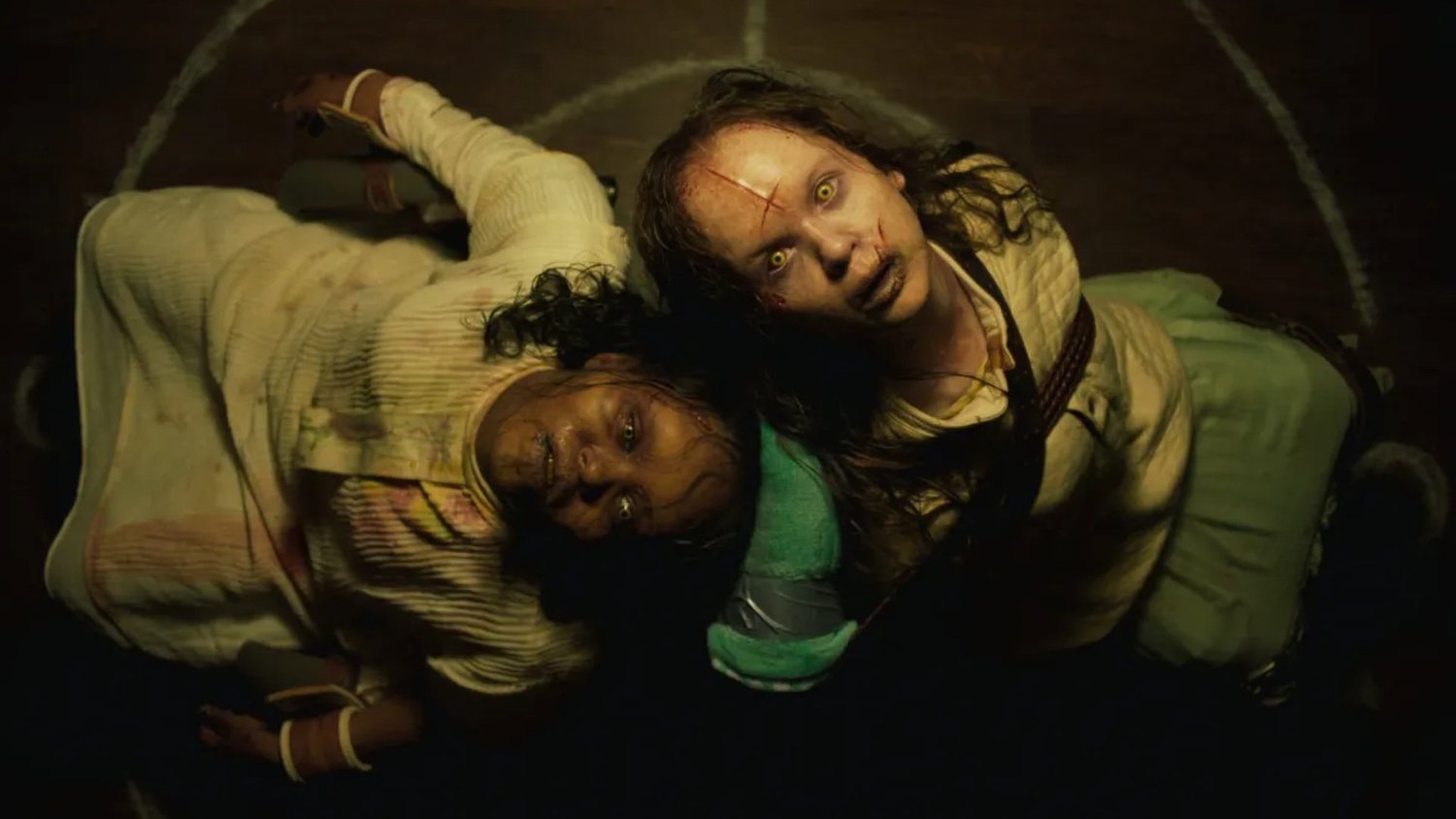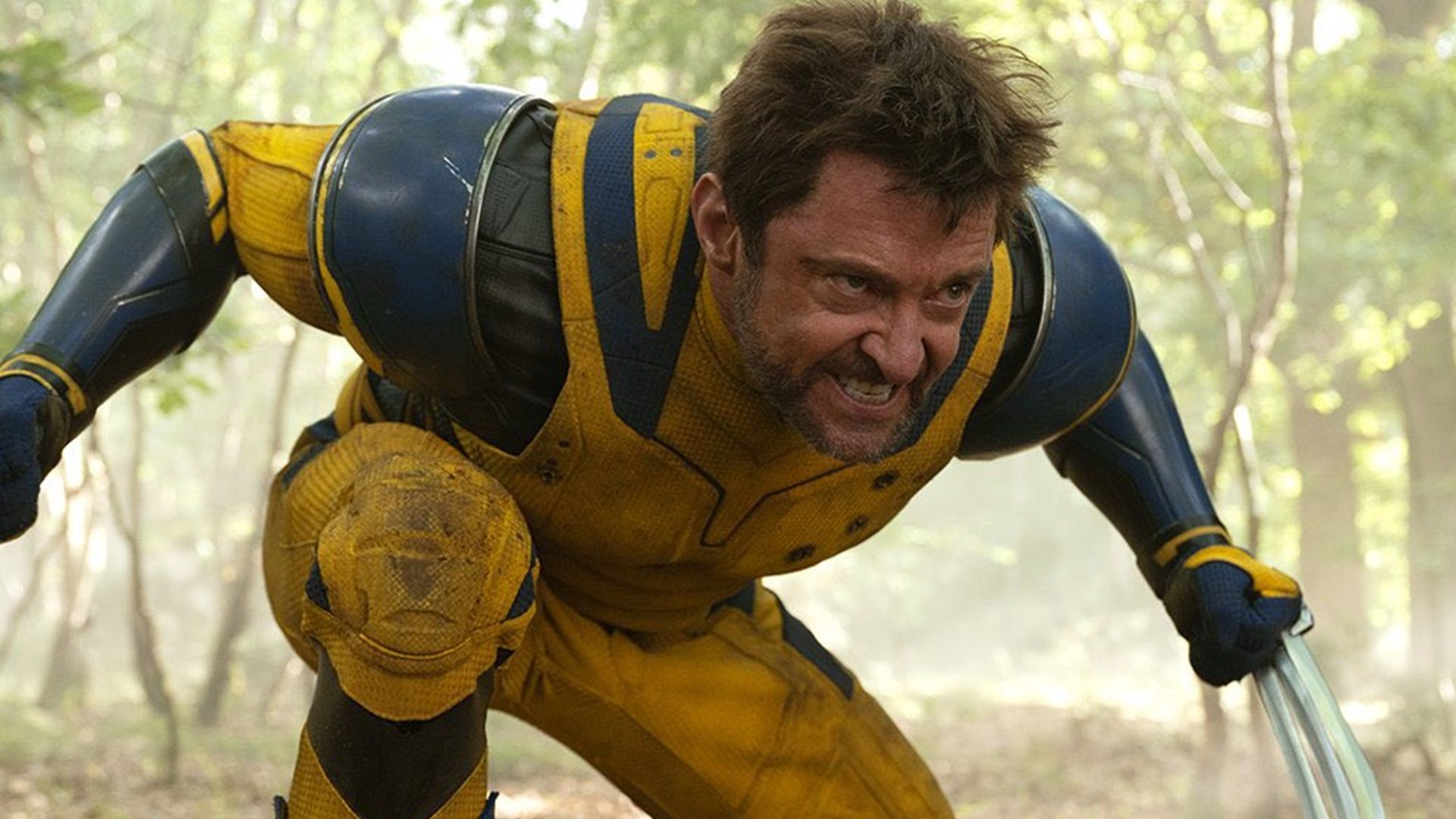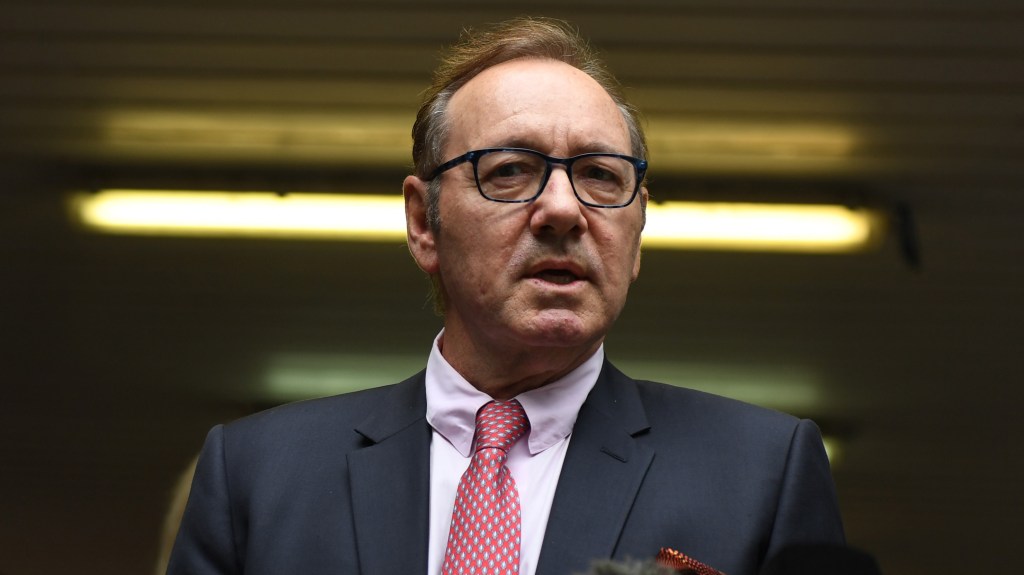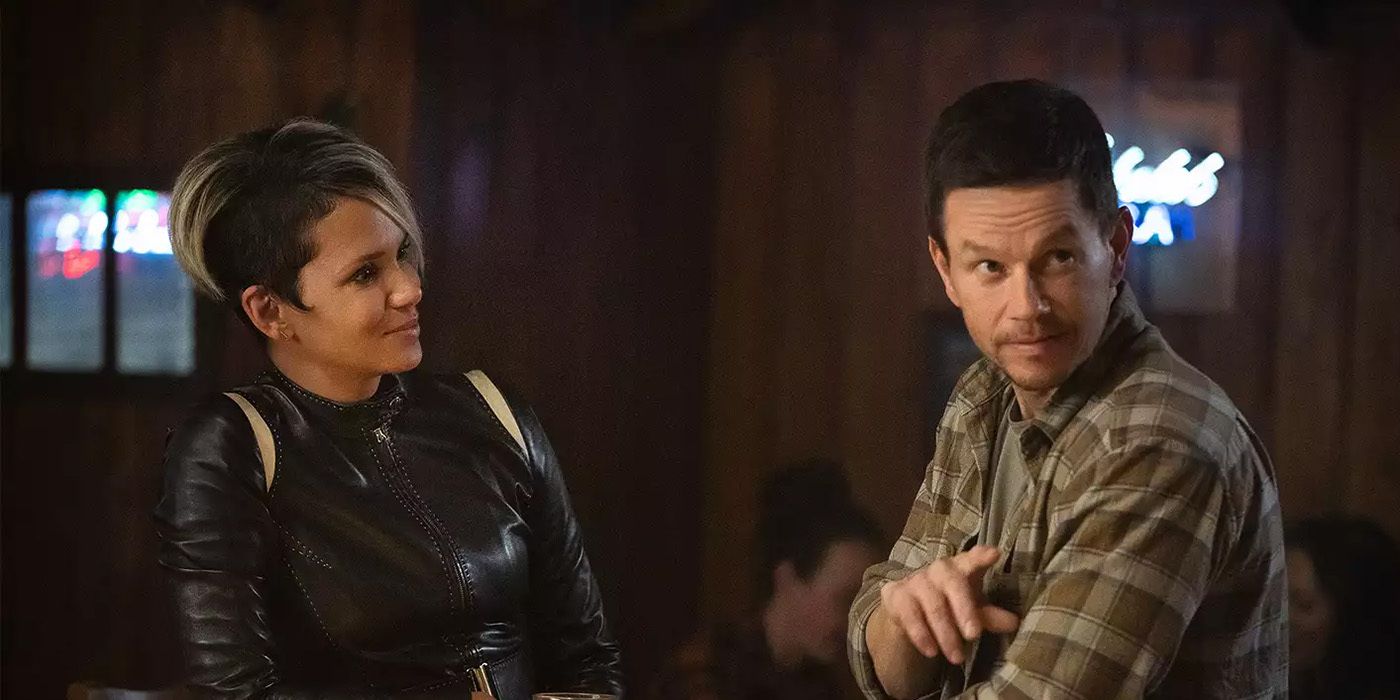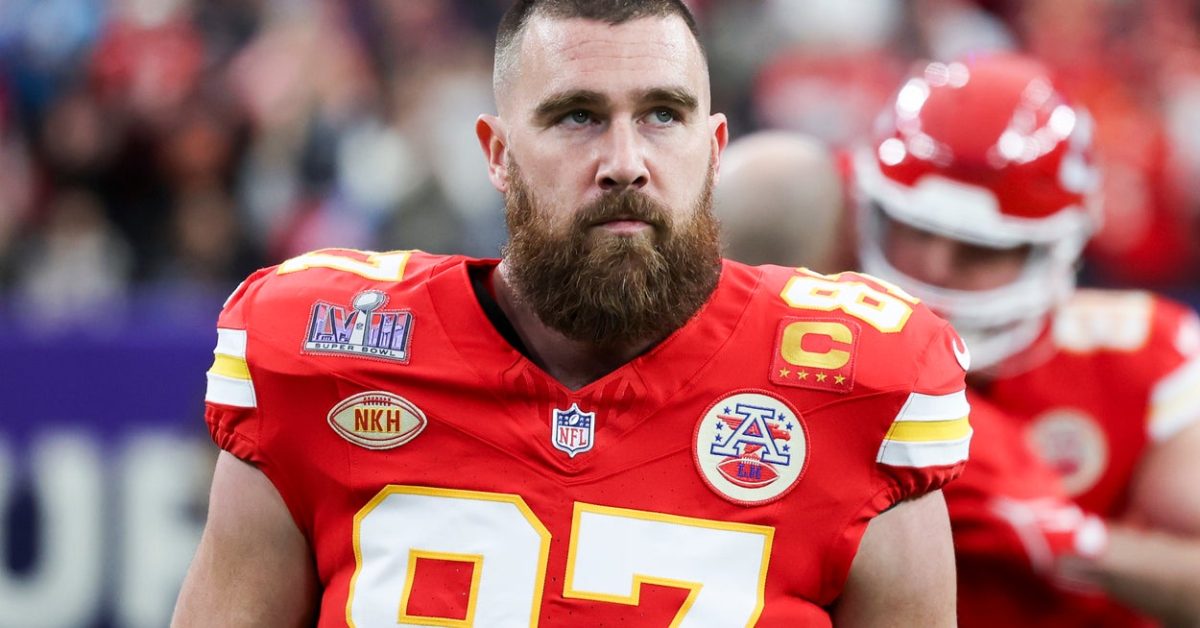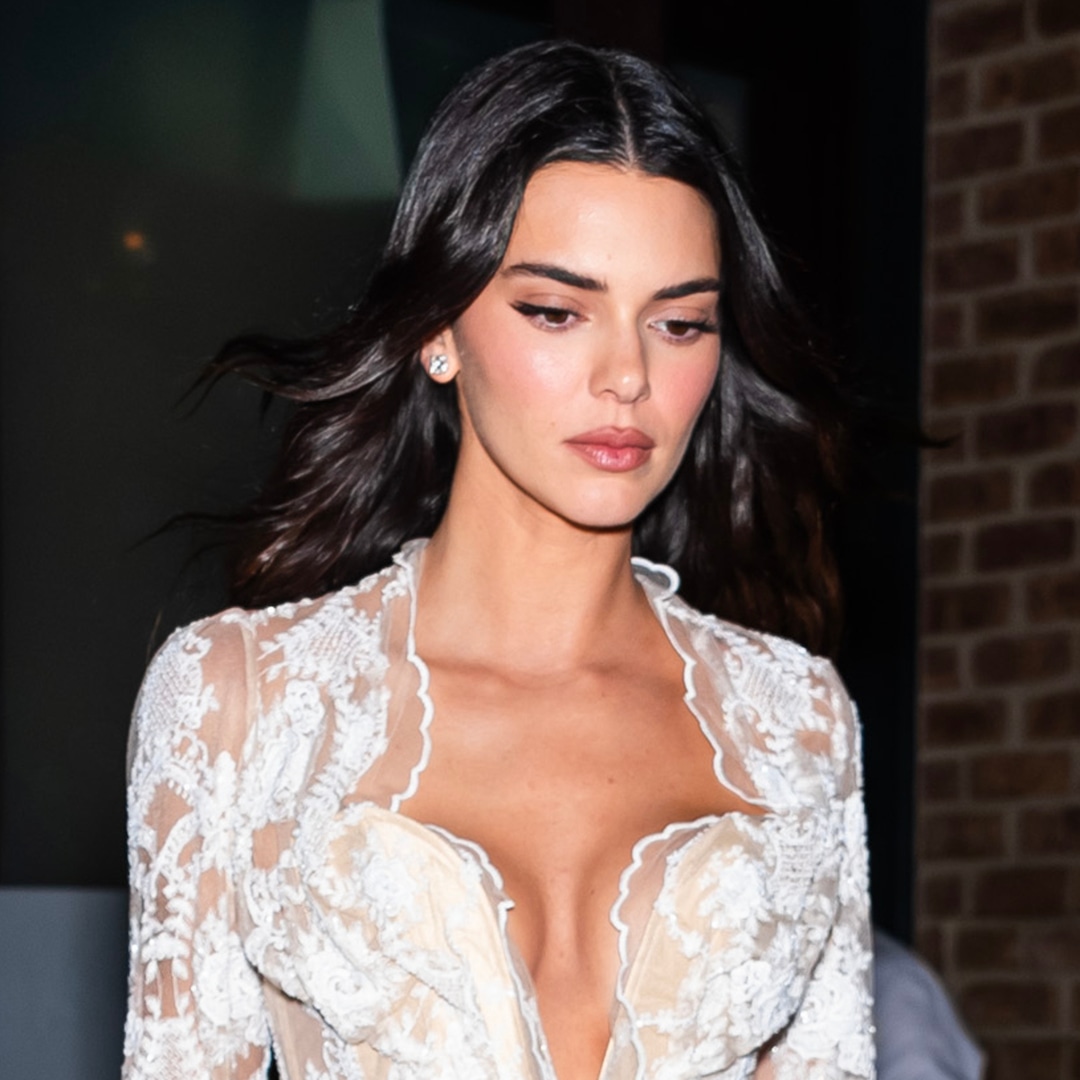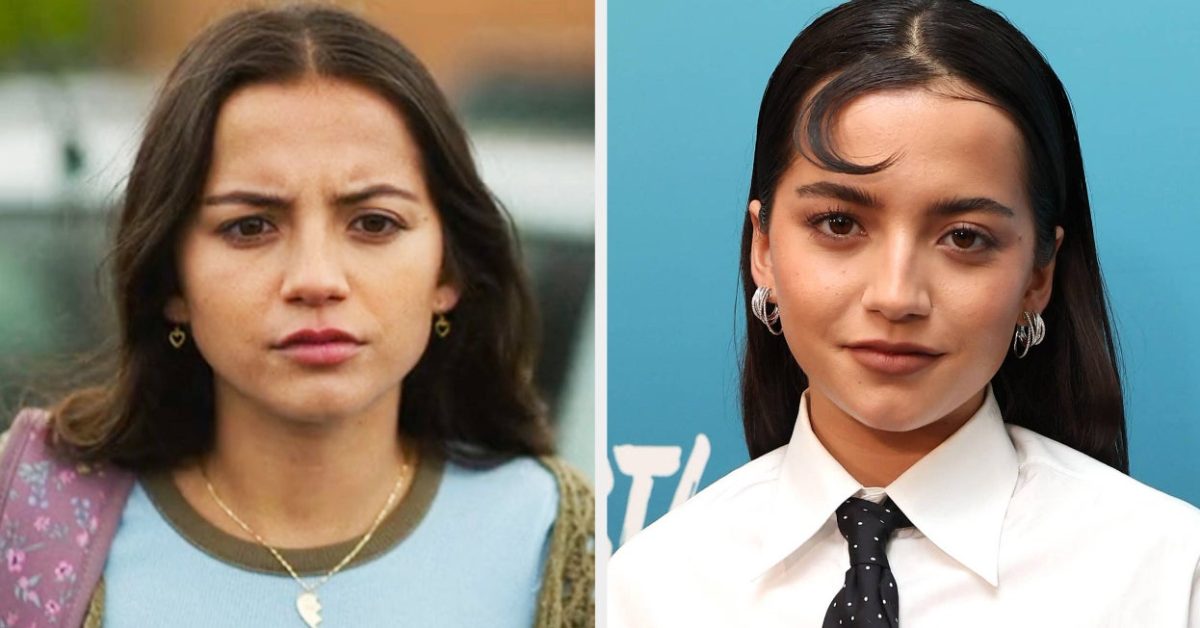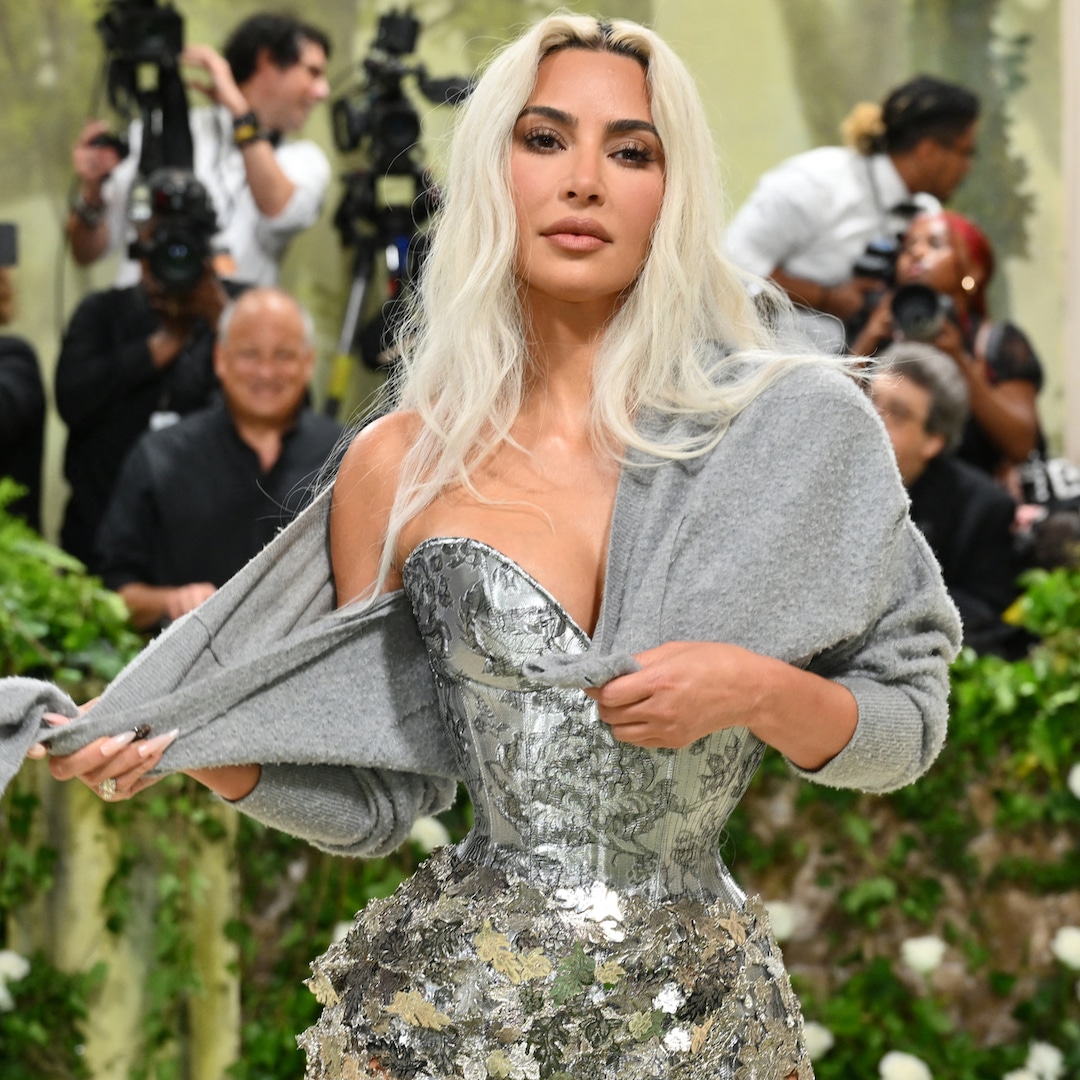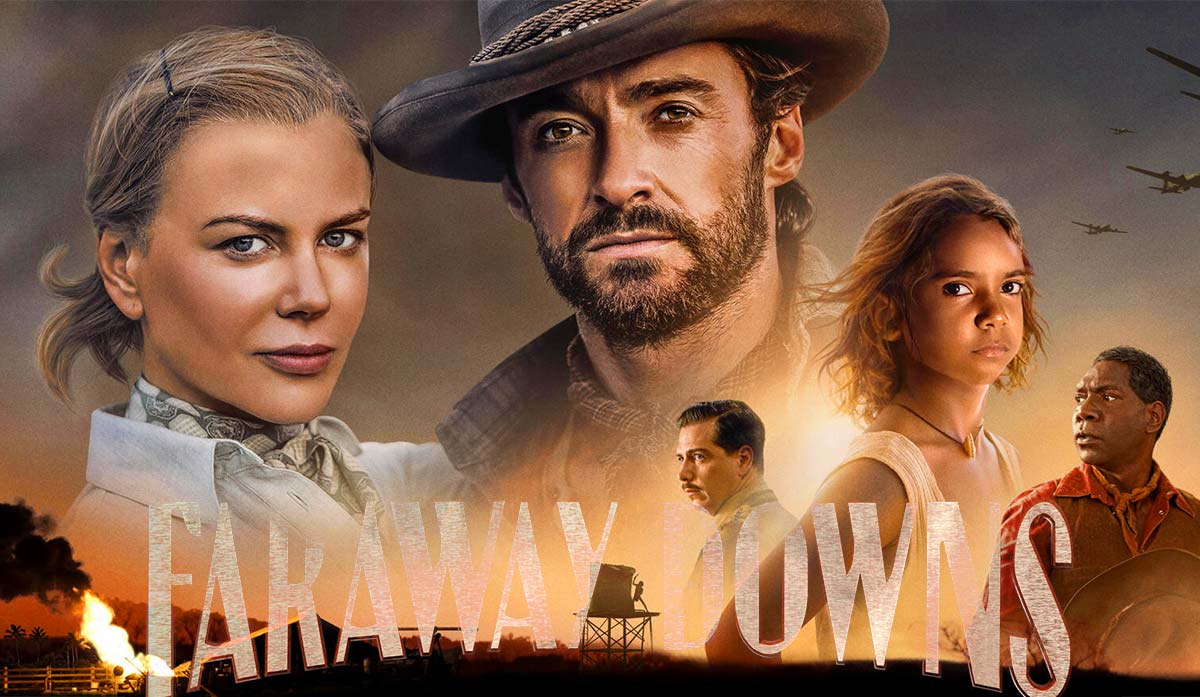
Baz Luhrmann Snydercuts His Epic ‘Australia’ Melodrama & Doubles Down On Excess & Length
Nov 23, 2023
Even in its original, nearly three-hour shape, Baz Luhrmann’s “Australia” was a lot of movie beyond just length. Sandwiched within that ambitious old school Hollywood undertaking—about an Englishwoman who inherits a sprawling ranch and the drover she teams up with herding cattle across an unforgiving land— was a broad screwball meet-cute romcom between Nicole Kidman and Hugh Jackman’s characters—at least at first, those rhythms are unmistakable—a fabulist fairy tale about dreamers, an idealistic ranching Western, a sweeping wild wilderness adventure, an immense historical epic (with elements of brassy, jazz-age chutzpah to add yet another flavor), a mystical fable about Indigenous people, and a grand, lush romance.
READ MORE: ‘Faraway Downs’: Baz Luhrmann Says TV’s “Episodic Storytelling” Renaissance Helped Him Reimagine His ‘Australia’ Film
And being that it was a Baz Luhrmann production, that expansive banquet of melodrama came in full-throttled, full-bodied, ostentatious, and grandiloquent fashion, not a subtle note to be found. Now, the story— a “Gone With The Wind”/” Lawrence Of Arabia” style, sunstroked love letter to his Down Under home—has returned, reimagined as a six-episode Hulu series called “Faraway Downs.” But even in series form, not much has radically changed other than re-shifting the focus a little bit back to Nullah (Brandon Walters), the Indigenous Australian child at its center caught up in the country’s severe and racist policies at the time. “Australia” was never a misunderstood masterpiece; it was a flawed extravaganza, sometimes entertaining to watch because of the performances and the sheer bravura of Luhrmann’s affinity for bold maximalism. But broadly written and desperate to be seen as majestic and magnificent writ large, “Australia” was often overwrought.
So, “Faraway Downs,” while perhaps more coherent as the original story intended—able to tell more of the cast-off, mixed-race stolen Aboriginal children story— something already excessive is just as unnecessary and becomes unwarranted and eventually tedious. Additionally, it’s also amusing to realize how much the plot is built around cattle, livestock corruption, and bovine problems.
Against the backdrop of WWII—which factors into the story in the latter half—as mentioned, Kidman stars as Lady Sarah Ashley, an English aristocrat who inherits the cattle station Faraway Downs after the death of her husband, whom she suspected of philandering. Trying to pick up the pieces of her life, she eventually hires a cattle stockman, The Drover (Hugh Jackman), to move the cattle across Australia’s unforgiving landscape to salvage her fortune, but not before rigorously butting heads with him every step of the way (they despise each other, then they love each other, the classic rom-com paradigm going back to the ’30s Clark Gable era with lots of early screwball energy). Among their many compatriots on the oxen-herding mission is Nullah, the aforementioned young orphaned “creamy” (the Aussie racist term for mixed-raced Indigenous people), who seems to possess the same spiritual powers of his magic tribal elder grandfather (David Gulpilil), suspected of murdering Lady Ashley’s husband, but who has obviously been framed by the dishonorables of the yarn (and yes, there are similar “magical negro” overtones that are dubious).
Those disreputables include Neil Fletcher (David Wenham), the sleazy cattle station manager hoping to steal away the Faraway Downs land and livestock to sell, and the exploitative cattle baron King Carney (Bryan Brown), happy to see it all fail to fortify his monopoly (pre-fame Ben Mendelsohn and Essie Davis also show up in more minor supporting roles)
Now running around 3.1-ish hours in total (six episodes running indiscriminate lengths, ironically not that much longer than the original 2hr and 45-minute movie), much like the original film, “Faraway Downs” is still three acts, the opening Western adventure/ uneasy romcom, the middle prosperity and romance chapter segueing into more traditional melodrama, and the third act of tragedy when WWII hits home and the Japanese bomb Darwin after Pearl Harbor (it’s not hiding this fact either, subtitling itself, “A Baz Luhrmann film told in six chapters”). But this protracted TV version, which also reminds how much Luhrmann leans on “The Wizard Of Oz” thematics or romantic hope, only really offers up extended versions of what you already saw in 2008: roomier scenes with Nullah, a needless scene of Kidman showing off her equine skills, a longer, steamier sex scene, and very little that feels freshly illuminating. Granted, when watching the original, its editing is far more impatient and choppier, many dissolves are used to fast-forward through scenes, and “Faraway Down” features more grace comparatively.
Still, eventually, you realize you’re watching something akin to an assembly cut of the movie in finished form—which doesn’t really justify its existence— and no one ever releases those for a reason. It soon becomes clear that the audience for “Faraway Downs” is really Luhrmann himself rather than the viewer. The series reconciles his original vision within the theatrical limits imposed at the time, now reshaping the totality of it together because he can (and because someone paid for it).
Thus, “Faraway Downs” is similar to the infamous Snydercut, “Zack Snyder’s Justice League,” which took an abridged and compromised movie and returned it to its original intention and beyond, essentially using every frame of footage that comprised the whole story. Comparably, Luhrmann’s series is similarly self-indulgent and laborious and for the die-hards only (and let’s face it, Luhrmann fandom and superhero idolatry are not the same).
To that end, “Faraway Downs” is a vestige of a particular time and place that has long since ended (2020-2022). It’s a relic of the pandemic age (the same epoch that felt it needed a Snydercut when theaters went dark) when streamers were so desperate for content they greenlit everything under the sun, including kitchen-sink versions of already longwinded stories like this one. If anything, the streaming glut eon is over, and Luhrmann should be thankful he could deliver this one under the wire before the gate closed (it’s likely that the vaults on projects like this are now closed).
Like the original movie, lavish sweeping vistas and terrific production make for a wonder to behold at times, and the cinematography (Academy Award nominee Mandy Walker) continues to be top-notch. But the constant wide-eyed wonder and sense of awe it aches to express is often sweaty, overbaked, and sometimes eye-rollingly earnest.
When his bombastic tendencies are at their worst, Luhrmann has no shame. The filmmaker commands a scale but sometimes lacks a well-judged sense of taste. “Australia” and all Luhrmann films have their pleasures. Even when you might guffaw incredulously at many of the over-the-top elements of the film, the sheer ridiculous audacity sometimes caused joy and cinematic frissons of delight. Ironically, those elements become muted with more moments for downtime, introspection, and quiet.
As promised, “Faraway Downs” features a new ending—Luhrmann shot two different conclusions back in the day for safety— but die-hards should note the new finale is not radically different, and the outcomes (no one of consequence dies) are essentially the same. It’s not entirely false advertising, but the case has certainly been overstated.
Luhrmann’s always arguably been the P. T. Barnum showman of filmmaking, even taking the “The Great Gatsby” drama and blowing it up into a kaleidoscopic champagne-soaked bonanza. His sense of superfluity has hurt and helped his movies, often within the same picture. In the entirety of things, “Faraway Downs” does lessen the bombast. Ultimately, however, while more time for scenes to breathe does offer a smoother experience, Luhrmann’s new iteration enlarges but never really enlightens the same grandiose saga. At least, not to any degree that will change your mind about either version of this dusty, sun-baked vision. [C]
Publisher: Source link
Everyone Is Poking Fun At Travis Kelce's Kentucky Derby Outfit, And The Jokes Are Very, Very Funny
It's giving Mister Peanut to me.View Entire Post › Disclaimer: This story is auto-aggregated by a computer program and has not been created or edited by filmibee.Publisher: Source link
May 8, 2024
Keep Up With Kendall Jenner’s 2 Jaw-Dropping Met Gala After-Party Look
Later on, the 28-year-old swapped out her Vivienne Westwood number for a white Givenchy by Alexander McQueen spring/summer 1997 outfit. The look was angelic, quite literally featuring angel wings on its bust. The outfit, comprised of a Haute Couture leather…
May 8, 2024
Isabela Merced On Turtles All The Way Down, The Last Of Us
3. What is your favorite book-to-movie or book-to-TV adaptation? Honestly, most recently, Poor Things. The book is incredible. And, like, reading that before you watch the movie is very, very helpful and insightful.Emma Stone's performance and just the visual design…
May 7, 2024
Why Kim Kardashian’s 2024 Met Gala Sweater Has the Internet Divided
The internet is sweating over Kim Kardashian's 2024 Met Gala look. As stars descended upon New York City's Metropolitan Museum of Art May 6 dressed in glamorous attire, the Kardashians star raised eyebrows with an unsuspecting accessory. In addition to her custom Maison…
May 7, 2024
